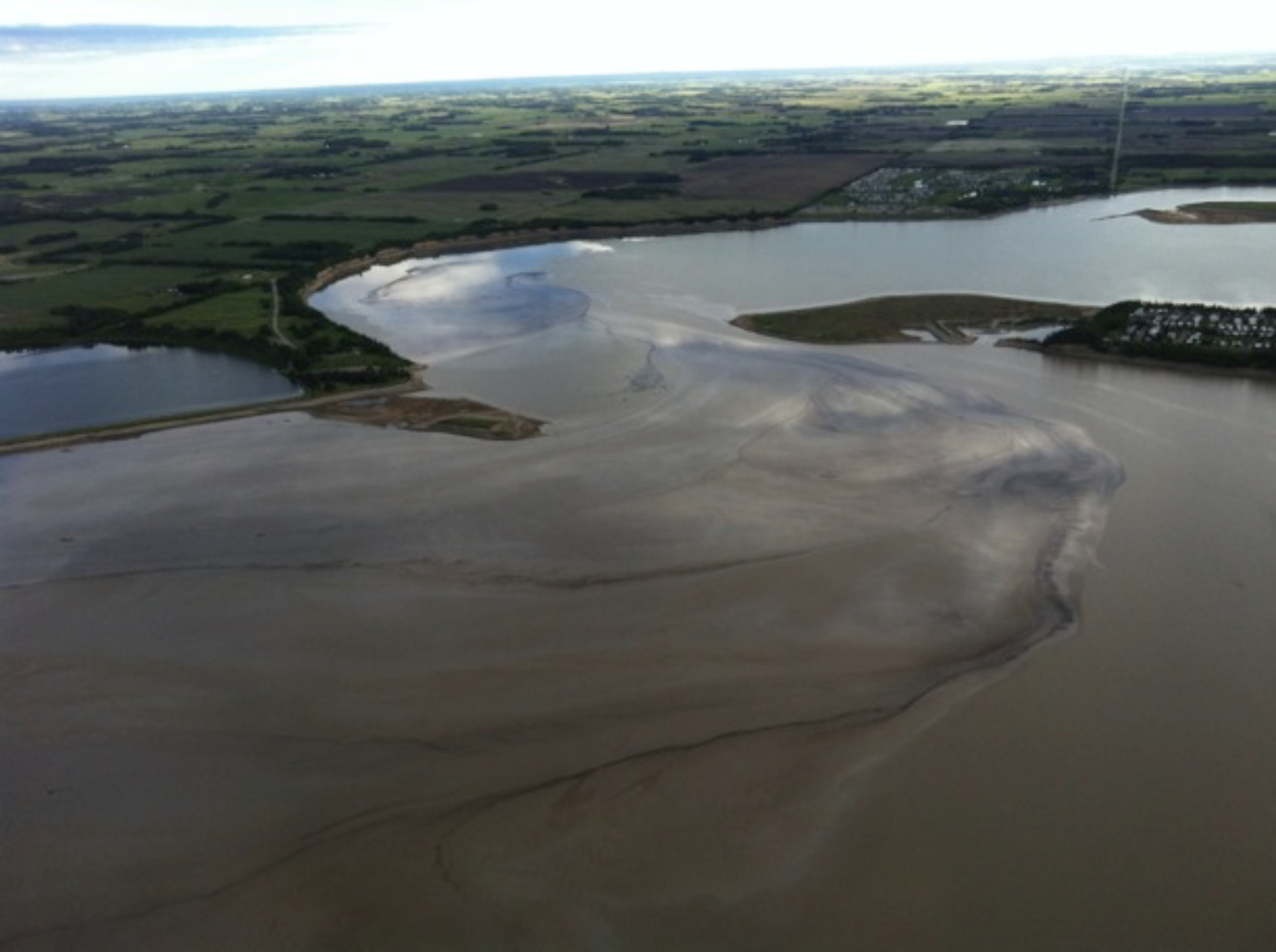
Forensic PAH Fingerprinting for Oil Spills
- Date: June 25-27, 2018
- Location: Salt Lake City, Utah, USA
Dr. Sandau and the Chemistry Matters team are proud to be presenting and/or co-authors of 3 presentations at the 2018 International Network of Environmental Forensics (INEF) hosted by Salt Lake City and the University of Utah. Dr. Sandau will be presenting Forensic PAH Fingerprinting Techniques and Source Apportionment for Oil Spills. The conference takes place June 25-27 and the abstract of the presentation is below.
In addition to this presentation, Dr. Sandau will present Examining Uncertainty Associated with Positive Matrix Factorization Source Apportionment Models and Dr. Megson will present How many PCBs are there in the environment and where do they come from?
Forensic PAH Fingerprinting Techniques and Source Apportionment for Oil Spills
Abstract:
Remediation and long term monitoring of oil spills in any environment requires confirmatory analysis to demonstrate the clean-up has achieved its goals and this general involves the monitoring and fingerprinting of Polycyclic Aromatic hydrocarbons (PAHs). However, due to their ubiquitous nature, PAHs generally have confounding issues with sources unrelated to the oil.
PAHs in fish, sediments, and water are not specific for petroleum because there are a range of natural and non-point sources which can produce considerable concentrations of PAHs. Sources of PAHs that are unrelated to release oil can include forest fires, natural coal exposures and oil seeps, vehicular exhaust and crank case oil drips, and wood preservatives. Distinction of PAHs from a spill can be conducted using environmental forensic techniques, such as PAH fingerprint histograms, PAH diagnostic ratios, or statistical techniques such as Principle Component Analysis (PCA) and Hierarchical Cluster Analysis (HCA). One step further, allows the relative concentration of each source to be determined using source apportionment techniques such as non-negative matrix factorization.
This presentation will describe a case study on how to conclusively determine PAHs resulting from the release of oil into a freshwater river from those occurring from natural or other upstream sources. All the techniques described above were used to provide conclusive and easy to understand graphs and visuals to communicate the identification of the oil related PAHs as well as determine the amount of oil related PAHs that were in the sediment samples. This provided clear communication to the stakeholders and allowed the client to focus remedial activity and plan future monitoring in known areas of higher impacts.
Environmental professionals involved in spill remediation or oil spill monitoring will find this presentation applicable.


 Provides expert support to projects involving litigious or contentious subjects. These expert witness services are founded on chemistry principles and proper application of scientific methods.
Provides expert support to projects involving litigious or contentious subjects. These expert witness services are founded on chemistry principles and proper application of scientific methods.
You must be logged in to post a comment.